Peele’s “Us” Leaves More Questions than Answers, Still Brings the Scares
Film Review
Monkeypaw Productions/Blumhouse Productions
Lupita Nyong’o plays both the primary protagonist and antagonist in Jordan Peele’s latest mind-bending horror.
April 24, 2019
Imagine: you’re vacationing with your husband and two children at your childhood home. As you stroll down the halls, you’re literally walking down memory lane. Each step you take reminds you of when you were a child, every repressed memory brought up until you’re forced to stop. That’s exactly what the Adelaide Wilson feels at the beginning of the film “Us,” directed by Jordan Peele. The film follows Adelaide and her family as they attempt to horde off people who, behind their masks, look like stranger, darker versions of them.
Many have compared “Us” to psychological thrillers like, “The Shining” and “The Sixth Sense”, in the way that one would have to watch it multiple times to even understand the story.
If you were hoping for a sequel to “Get Out”, then you’ve come to the wrong movie. While “Us’” predecessor was an explicit display of the fears and experiences black people have in America, “Us” takes a different turn, focusing on the fear that everyday people face in this political era.
“Get Out” itself can be described as a satirical horror film. Every question posed in the movie is very clearly answered by the time the ending rolls around, and the audience is left happily sated.
“Us,” on the other hand, is likely to leave audiences confused and aching for the answers to the questions posed by the symbolism and metaphors that propel the narrative more than strict logic. For example, in the scene after the rabbits’ opening, a younger version of Adelaide is seen watching commercials on TV. The ad playing is for a ‘Hands Across America’ event, and is supposed to foreshadow the plot that the “other” Adelaide, who goes by Red, has. But how would the other Adelaide have watched the commercial like the real one would?
It’s impossible to really say more without spoiling the experience. Almost every single casual line of dialogue in the opening scenes sees ironic fulfillment throughout the course of the movie. Lupita Nyong’o (Adelaide) plays two entirely different characters in such a brilliantly complicated way that she could almost be said to be giving four performances at once.
In the end, the subtext of class anxiety, impostor syndrome and the atrocities we will overlook, and even commit, to achieve a comfortable social status and then maintain the facade of a decent genteel existence, is every bit equal to the horrors of “Get Out.”
Without spoiling, there is a moment after the first ‘arc’ at which I think this movie should have ended. Up until then, it was a supernatural horror with great potential for a message and development. It had lots of symbols like the cages of white rabbits in the opening scene of the movie, something like that out of an ‘80s horror film, and the story was lining up nicely.
After that, I feel that it went a little downhill from there. While it still made you want to think and interpret what was happening, the plot was getting more muddled as the time went on. Just envision a tall, clear glass of water and after maybe an hour in to the movie, the cup just starts filling with dirt until it’s just a cup of mud. That’s how thick the plot had become by the time the movie had ended.
Overall, I would rate the movie a solid eight out of ten. “Us” was a very good movie, and while towards the end, it strayed from the original cadence, I think that Jordan Peele did a strong job choosing the actors, delivering the story, and establishing an unsettling mood. Even with its faults, I would recommend “”Us” to others as a must-watch, simply for the fact that the suspense and horror is amazing.

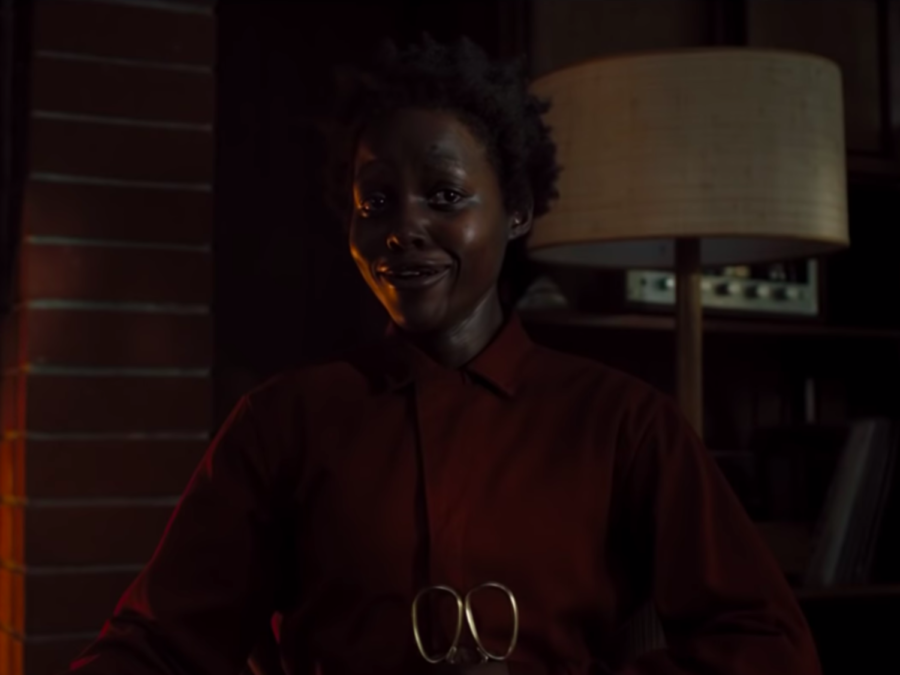
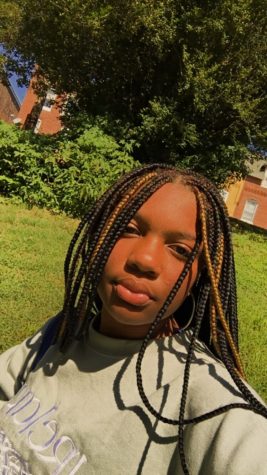

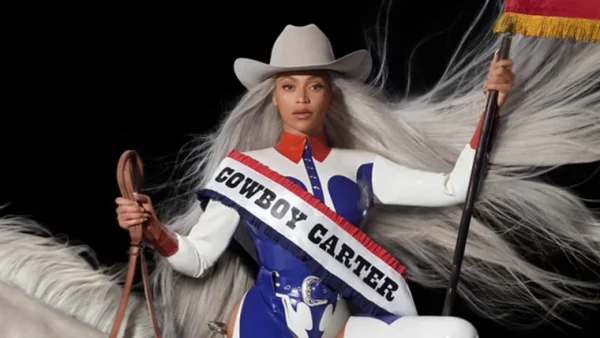
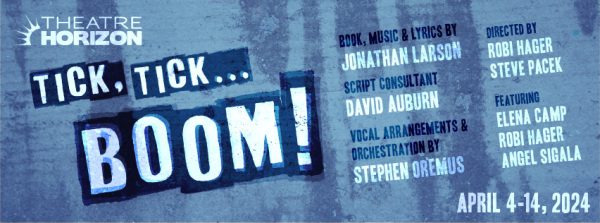
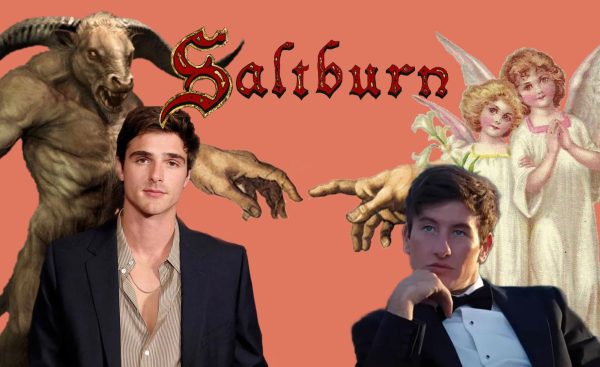
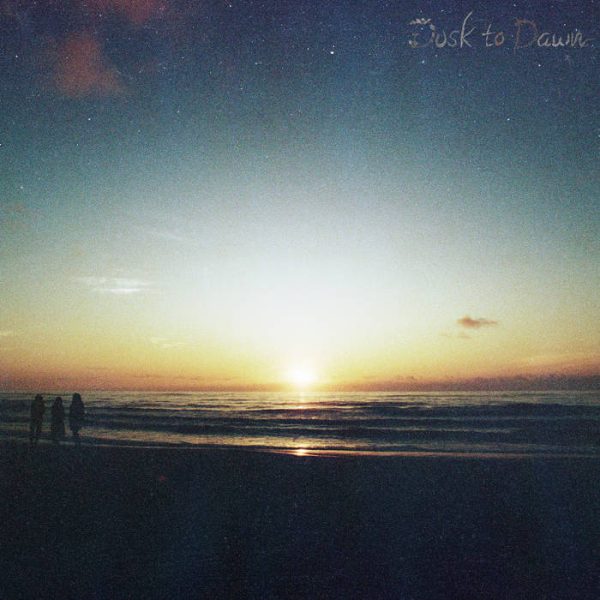
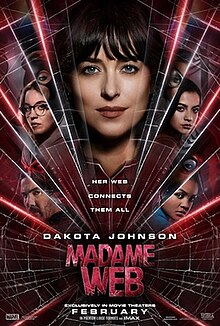
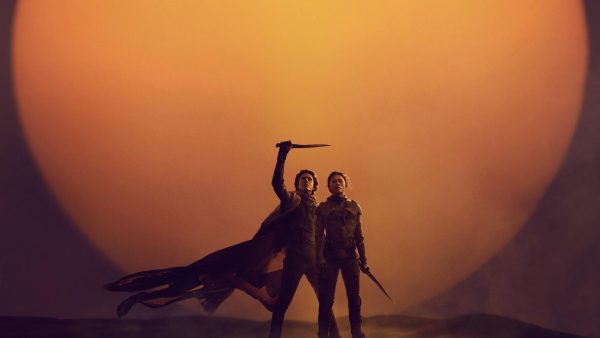
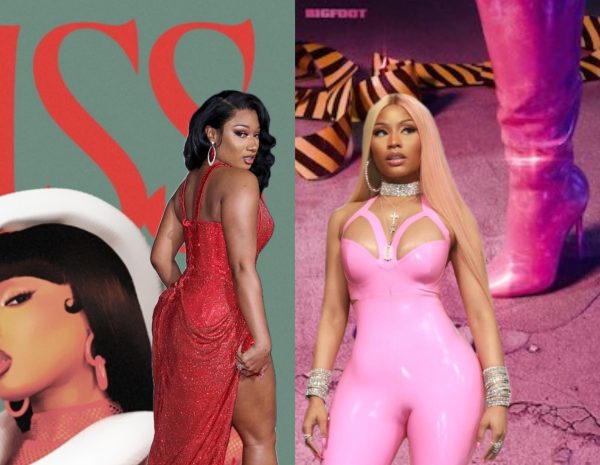
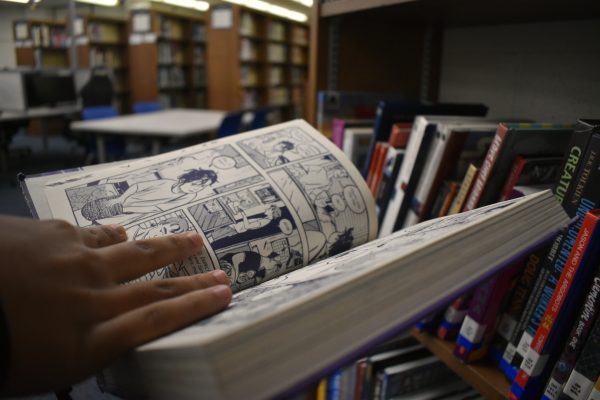

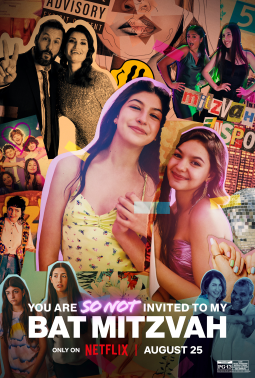
Cymaruh Stinson • Apr 29, 2019 at 11:03 am
I’m going to go see the movie now, you did a great job on the article.